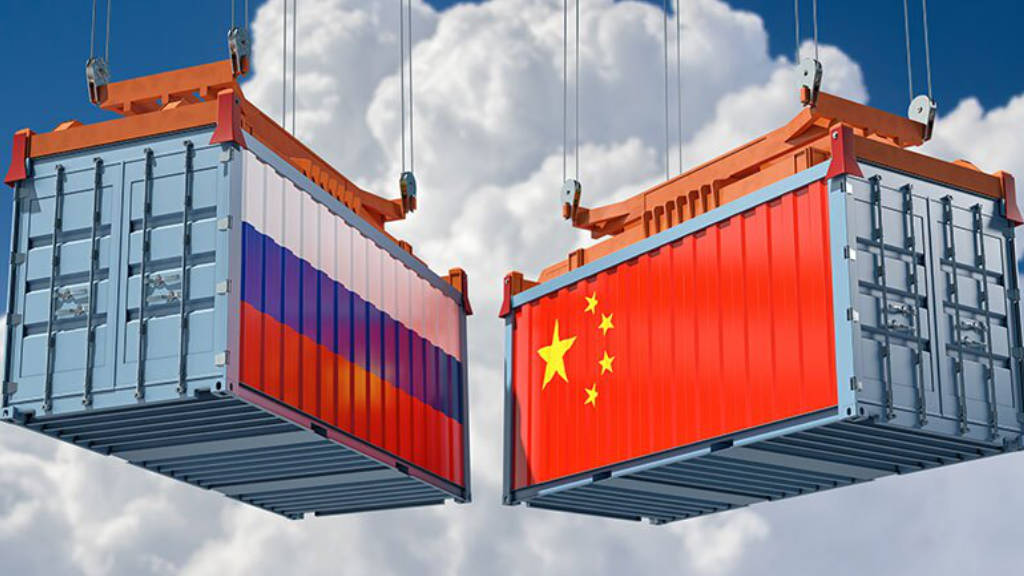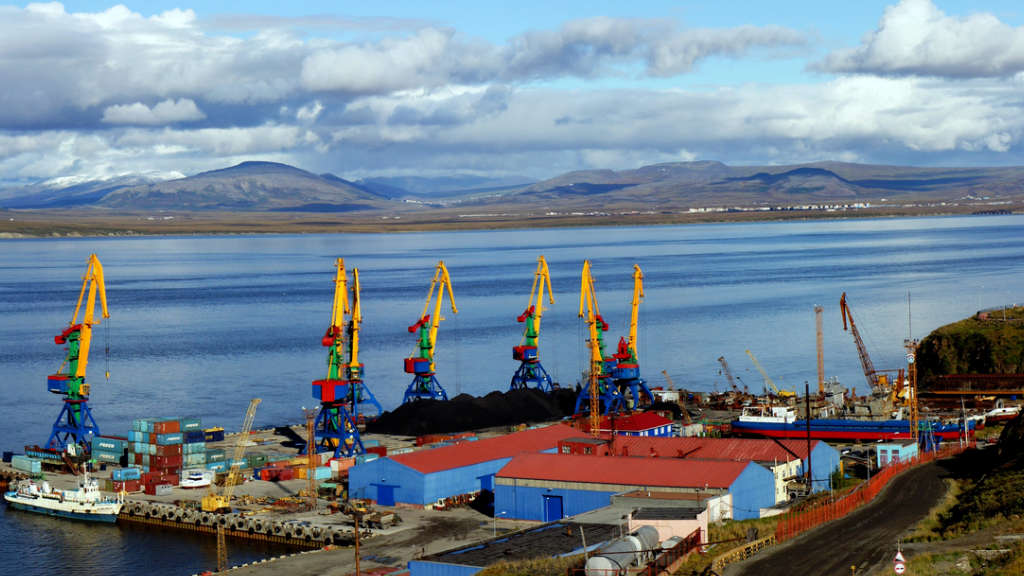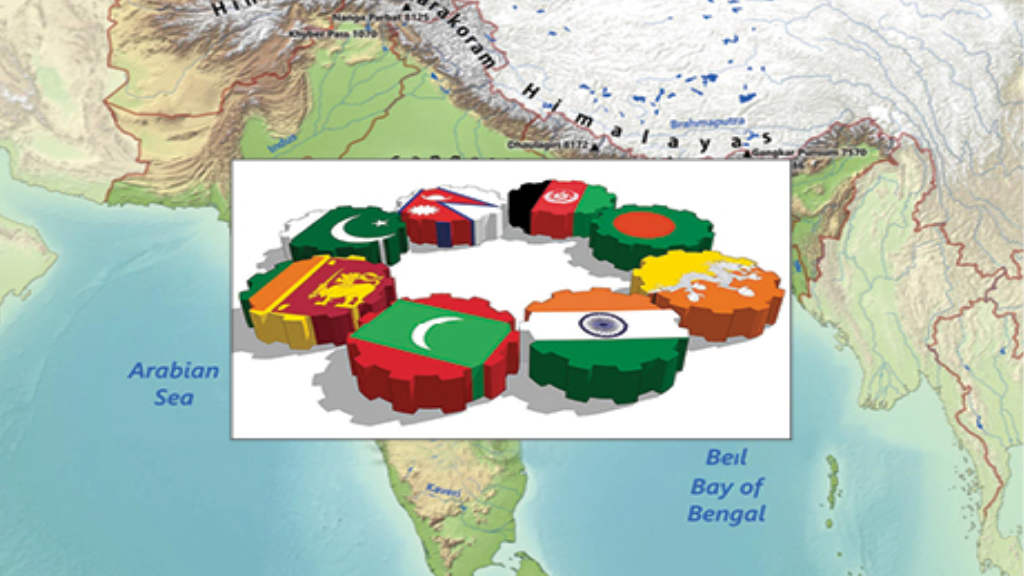Russian and Chinese logisticians have been discussing the future development of the bilateral container market, with the first Russian-Chinese Logistics Conference held in Moscow last week as a side event to the TransRussia exhibition. Organised with the support of the general sponsor, Neptune Logistics Group, the Russia-China event was attended by more than 300 delegates from among representatives of relevant government agencies, professional logistics service operators, transport companies, the scientific community, who discussed the main challenges and prospects for the development of the container transportation market in the foreign trade of Russia and China.
Optimising the Regulatory Framework for Growth
Alexander Sakharov, the Head of the Russian Federal Agency for Railway Transport, told the conference participants about the latest initiatives of the Russian Ministry of Transport to optimize the regulatory framework for container transportation. He reminded that the Transport Strategy of the Russian Federation up to 2030 and the forecast period up to 2035 envisages the growth of cargo containerisation to the level of 16-20% against today’s 6.3%, and on behalf of the Ministry of Transport of Russia promised special attention to market participants in this area.
Top Five Products
Alexander Voroshnin, the Deputy Head of Russian Railways Corporate Transport Services Centre, stated that the top five most containerized cargoes between Russia and China included chemicals and soda, timber, automobiles and their spare parts, as well as chemical and mineral fertilizers. He said that the range of containerized cargoes is constantly expanding, primarily due to increasing agricultural exports, saying that “We definitely have a lot to grow and develop.”
Northern Sea Route
Ke Jin, of China’s NewNew Shipping Line, spoke about his experience working on the Northern Sea Route. During the summer navigation period, NewNew carried out 13 Arctic shipments between Arkhangelsk and Shanghai, with the volume of container traffic on this line exceeding 20,000 TEU. Ke said that NewNew Shipping is currently building five new Arctic ice-class container ships at Chinese shipyards, which will expand the navigation period along the NSR and increase traffic volumes along the route.
St.Petersburg Growth
German Maslov, the Vice President of the FESCO Transport Group (Linear Logistics Division), outlined the main trends in the Russian container transportation market. This included a decrease in imports in early 2025, primarily due to a reduction in the supply of cars and components from China (Russia has increased auto tariffs from China to help rebalance domestic market supply). At the same time, he noted the growth rates of the container turnover of the port of St. Petersburg, which in turn has a positive impact on the operational situation at the overloaded Eastern landfill of Russian Railways, which serves cargo flows to the Far East.
Future Bilateral Growth
Bonnie Zhu, Chairwoman of China’s Neptune Logistics Group, discussed the results and prospects of Russian-Chinese mutual trade and pointed out the main factors that contribute to the development and prosperity of bilateral cooperation. During her speech, she presented a Chinese perspective on current challenges and risks for businesses in the context of trade sanctions and the restructuring of global supply chains. Both Russia and China have targeted bilateral trade volumes to reach US$300 billion by 2030, implying a sustainable 10% growth per annum between 2025 and the target date.
For all our updates on Russia-China trade and development, please click here
Further Reading
New Khabarovsk-China Freight Logistics Centre To Be Fully Operational By 2027





